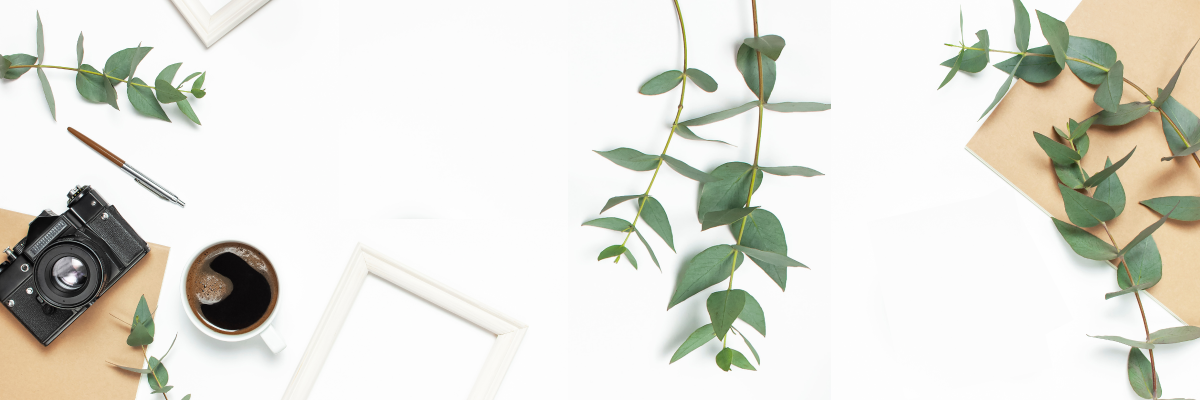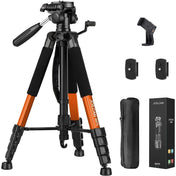Welcome to KatStorm Photo, where we delve into the fascinating world of photography techniques. Today, we're going to demystify the concept of depth of field!
What is Depth of Field?
Depth of field (DOF) refers to the range of distance in your image that appears acceptably sharp. In simpler terms, it's what determines whether your subject is sharply in focus against a beautifully blurred background or if the entire scene is in sharp focus from front to back.
Aperture and Depth of Field
One of the key elements that affect depth of field is the aperture setting on your camera. A wider aperture (small f-number like f/1.8) results in a shallow depth of field, perfect for portraits where the background fade is desired. On the other hand, a narrower aperture (larger f-number like f/16) creates a deep depth of field, ideal for landscapes where you want everything in focus.
Focal Length and Depth of Field
Another factor that influences depth of field is the focal length of your lens. A longer focal length (telephoto lens) narrows the angle of view and tends to compress the scene, creating a shallower depth of field. In contrast, a shorter focal length (wide-angle lens) provides a wider view and deeper depth of field.
Distance and Depth of Field
The distance between your camera, the subject, and the background also plays a role in determining depth of field. The closer you are to your subject, the shallower the depth of field becomes. Conversely, increasing the distance between the camera and subject deepens the depth of field.
Using Depth of Field Creatively
Understanding depth of field gives you the creative control to emphasize your subject in unique ways. Experiment with different apertures, focal lengths, and distances to create visually compelling images that stand out.
Depth of Field Tips and Tricks
1. Focus Stacking
For macro photography or scenes where you want everything in sharp focus, consider focus stacking. This technique involves taking multiple shots at different focus distances and blending them together in post-processing.
2. Bokeh Effects
To achieve beautiful bokeh (the aesthetic quality of the out-of-focus areas), use a wide aperture setting. This creates pleasing background blur that makes your subject pop.
3. Hyperfocal Distance
Master the concept of hyperfocal distance, the closest distance at which a lens can be focused while keeping objects at infinity acceptably sharp. This is useful for landscape photography when you want maximum sharpness from near to far.
Common Depth of Field Mistakes to Avoid
While depth of field can enhance your photos, there are common mistakes to watch out for:
1. Overlooking Background Distractions
Be mindful of what's in the background of your shot. Ensure that distracting elements don't take away from your main subject.
2. Ignoring Foreground Blur
Don't forget about the foreground. Including some foreground blur can add a sense of depth and dimension to your images.
3. Failing to Check Focus
Always double-check your focus before capturing the shot. Nothing ruins a great composition like being out of focus.
Mastering Depth of Field for Stunning Photography
By understanding and controlling depth of field, you have the power to elevate your photography to new heights. Play around with aperture, focal length, and distance to achieve the desired effect in your images. Remember, depth of field is not just a technical aspect of photography; it's a creative tool that allows you to craft visually captivating stories through your lens!
Step into the world of another store owner by visiting their captivating Shopify store. Click here to begin your journey. Kindly note that this is a promotional link, and we do not take responsibility for the content of the linked store.












